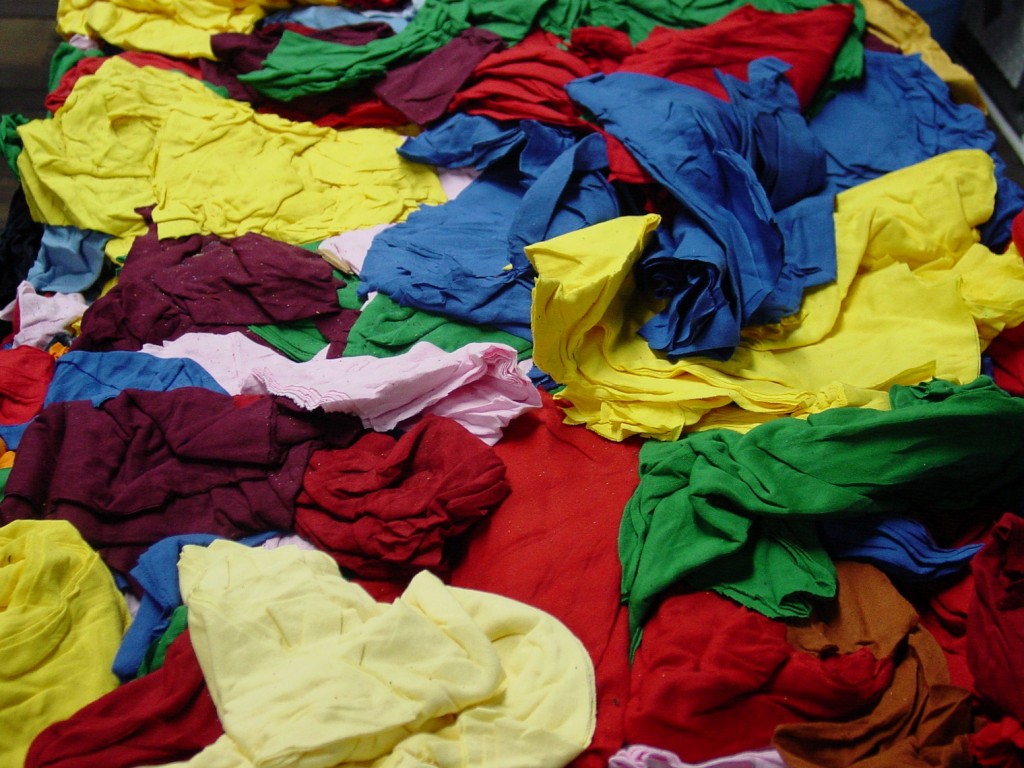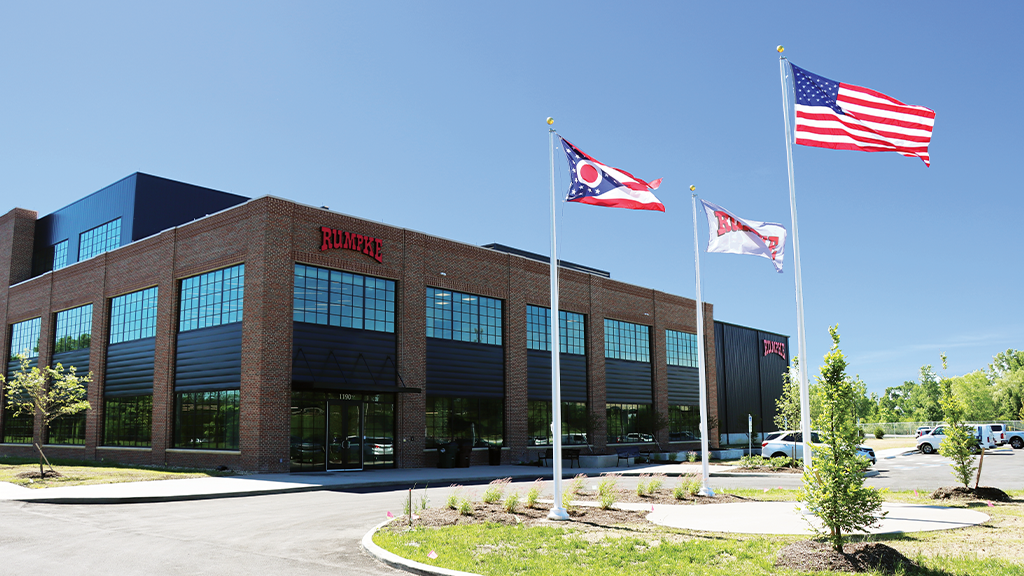SMART educates consumers on recyclable textiles on Earth Day and year-round.

This Earth Day (April 22), think before you throw out that sock that lost its mate: that single sock, along with shoes, handbags, belts, stuffed animals and much more can all serve a much higher purpose than adding to the local landfill pile. According to Secondary Materials and Recycled Textiles Association (SMART) Executive Director Jackie King, more than 95 percent of all textiles can be recycled or reused in some way—and that’s very good for our planet.
Yet according to the latest U.S. Environmental Protection Agency’s (EPA) “Advancing Sustainable Materials Management” report, the numbers surrounding textile waste are staggering. Out of 16.22 million tons of discarded textiles in 2014, only 2.62 million tons were recycled. Even worse, textile waste in the United States has risen by nearly ten percent from 2013 and overall recycling growth rates have leveled off in the past five years.
The good news? The nearly three million tons of textiles that were reused and recycled is the equivalent of taking 1.3 million cars off the road in terms of greenhouse gas benefits—far more than the impact of recycling yard trimmings, glass and plastic and nearly equal the impact of aluminum recycling. The recycled textile industry also reduces the need for landfill space, decreases the use of natural resources including water and petroleum used in textile manufacturing and lessens pollution generated in the manufacturing process.
A textile simply refers to any material made of interlacing fibers. When it comes to household items, this means everything from used clothing to towels that are clean and dry should not be thrown away. King attributes much of the reason that only 16 percent of textiles are recycled to the fact most people think you can only recycle items like paper, plastic, aluminum and glass. When you recycle textiles, nearly half are reused as apparel, with the remainder re-used as commercial wiping cloths or reprocessed and remanufactured as furniture stuffing, upholstery, home insulation, building materials and more.
“The average person in the U.S. throws away 81 pounds of textiles a year,” says King. “Imagine the impact we can have if more people begin reusing old items and recycling! It not only benefits the environment, but provides affordable second-hand clothing to those in need, and thousands of jobs in our industry around the globe.”
What you do can make a real difference. To find a local textile recycler, look for collection boxes in your neighborhood, check local charities and thrift stores and contact your town or city to see if it has a textile recycling program. For more information on SMART, including educational resources for consumers, educators and children, visit www.smartasn.org.
Company info
3465 Box Hill Corporate Center Drive, Suite H
Abingdon, MD
US, 21009
Website:
smartasn.org



